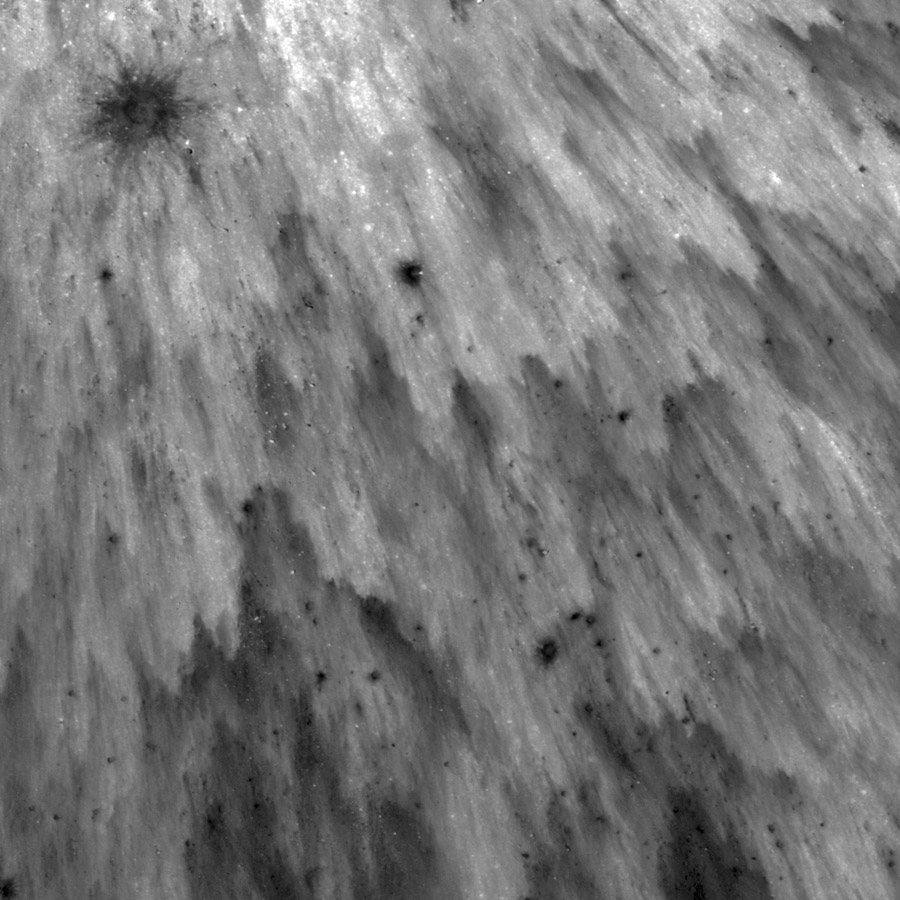Difference between revisions of "April 25, 2011"
| Line 2: | Line 2: | ||
=The Ultimate Meteor Shower= | =The Ultimate Meteor Shower= | ||
| − | + | <!-- ws:start:WikiTextHeadingRule:0:<h1> --> | |
| − | + | <!-- ws:start:WikiTextLocalImageRule:6:<img src="/file/view/LPOD-Apr25-11.jpg/222578038/LPOD-Apr25-11.jpg" alt="" title="" /> -->[[File:LPOD-Apr25-11.jpg|LPOD-Apr25-11.jpg]]<!-- ws:end:WikiTextLocalImageRule:6 --><br /> | |
<em>image from [http://lroc.sese.asu.edu/news/?archives/380-Action-Shot.html LRO NAC] (NASA/GSFC/Arizona State University}</em><br /> | <em>image from [http://lroc.sese.asu.edu/news/?archives/380-Action-Shot.html LRO NAC] (NASA/GSFC/Arizona State University}</em><br /> | ||
<br /> | <br /> | ||
| Line 22: | Line 22: | ||
<br /> | <br /> | ||
<hr /> | <hr /> | ||
| − | |||
| − | |||
| − | |||
| − | |||
Revision as of 00:13, 3 January 2015
The Ultimate Meteor Shower

image from LRO NAC (NASA/GSFC/Arizona State University}
Add red color with wisps of green and this could be a magnificent auroral display. Leave it white and it is a blinding snowstorm carrying lumps of coal.
Flatten it out and drape it across the surface and it is the ejecta from a fresh impact crater. It is a closeup, for the frame width is only 750 m and the
out of the frame source crater is just 475 m across. The crater is a tiny bright spot just west of Firmicus, really too small to look like much from Earth,
but spectacular with a telephoto lens from lunar orbit. The dark patches are each more recent impact craters that have excavated through the thin layer
of bright ejecta to bring up darker material from below - the one at upper left is big enough to prove the point. "More recent" but how much? Perhaps
only minutes if they are secondary craters from the main impact itself. If they are primary craters unrelated to the ejecta-creating event, counting them
would be a way to gauge the age of the main crater. But you'd have to select your counting area carefully - too near the top and the crater would seem
very young. Do you see why? There are very few small dark craters there because the ejecta is too thick for younger craters to excavate to the dark
material below.
Chuck Wood
Related Links
Rükl plate 38



